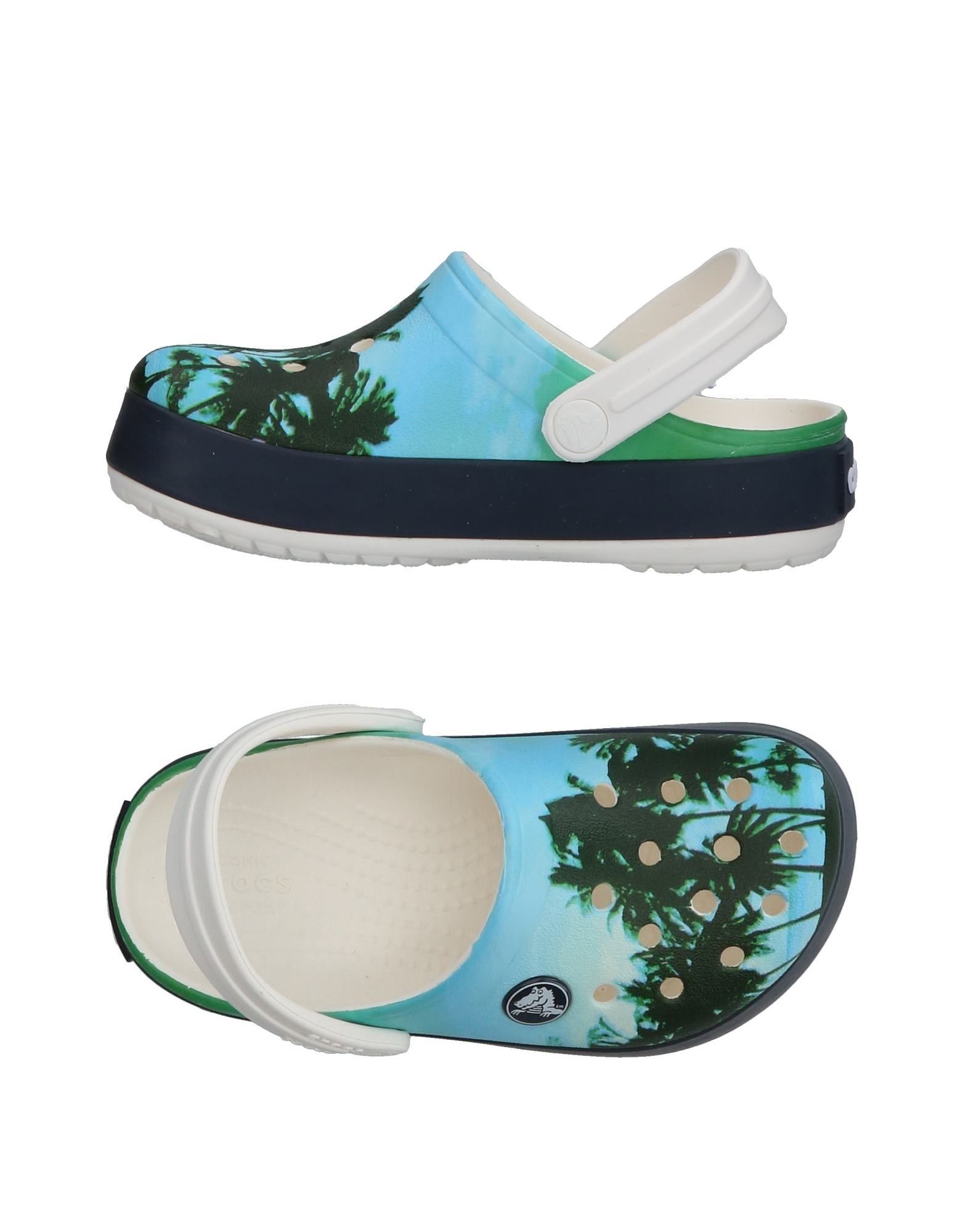Despite the brand’s statement, (“In connection with ongoing efforts to simplify the business and improve profitability, during the second quarter, the company closed its manufacturing facility in Mexico and moved ahead with plans to close its last manufacturing facility, which is located in Italy”), it was really hard to believe that Crocs would continue its legacy. After all, a company would only shut doors if sales weren’t strong.
However, as the brand shared with CNBC, the faltering of the manufacturing plants is simply an initiative to meet a growing demand for the ugly shoes. Crocs is moving production to third party manufacturers to increase capacity. Guys, ugly shoes isn’t just a social media obsession. People are actually buying them.
When Crocs first debuted their hole-filled clogs in 2002, most people would have probably assumed that “croc-pocalypse” would signify an unwanted takeover of ugly shoes, rather than fear that the Crocs brand was collapsing. But as we all know, people are obsessed with ugly shoes. Bloomberg thanks social media for the popularization, pointing out that sneakers, and the ever-loved ugly dad sneaker “have become one of the fastest-growing categories in luxury goods.”
What might have started as an indulgence in comfort has escalated to a full-fledged adoration of the unattractive. Whether it has spurred from luxury fashion’s acceptance and multiple collaborations with comfort-first footwear brands (i.e. Balenciaga’s platform Crocs, the Rick Owens X Birkenstock, Christopher Kane X Crocs), or from our generation’s concern for making fashion less about what things look like and more about honesty, ugly shoes are more than just a fast fad.
We’ve reached a time where body positivity is more important than fitting into a size 2, and women are more satisfied with Aerie’s movement to help women find appropriate fits and stop retouching advertisements than they are with the Victoria’s Secret vanity sizing and hyped-up annual runway show. Reality is the biggest trend right now, and what ugly shoes don’t do is lie about what they are. They’re unsightly, gimmicky, somewhat humorous, but most importantly, they’re not trying to be anything different from what they are.
Christopher Kane’s Crocs walked down the runway in September 2016. After two years, this is more than just copying what the influencers are doing. Fashion historian Valerie Steele explained that, “the longevity of a trend has to do with it appealing to multiple categories of people,” indicating that if ugly shoes are still going strong and selling after two years—in a market where fast fashion brands can introduce new styles twice in a week—the ugly factor speaks to quite a wide range of shoppers. Ugly shoes, dad sneakers, whatever you want to call them, are more than just a fleeting craze.




